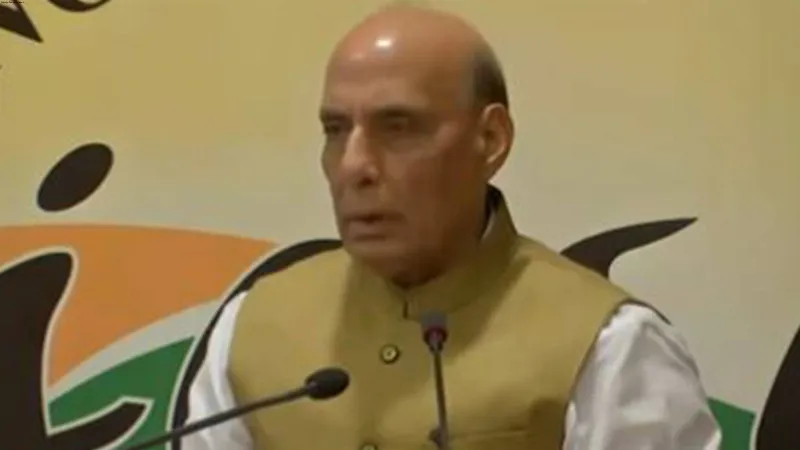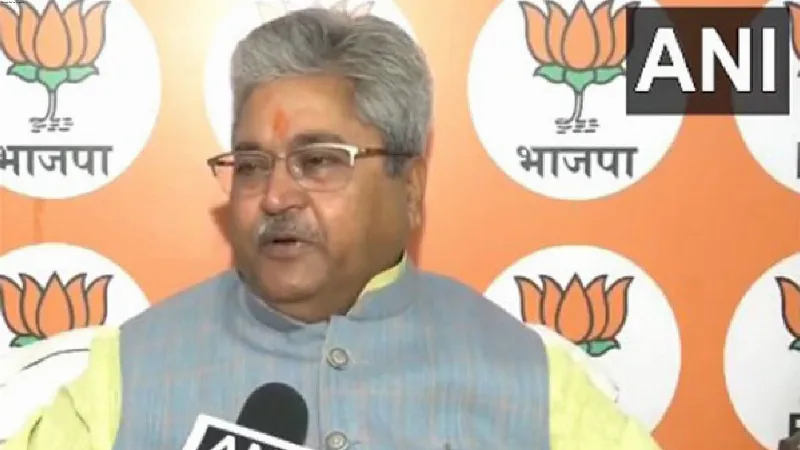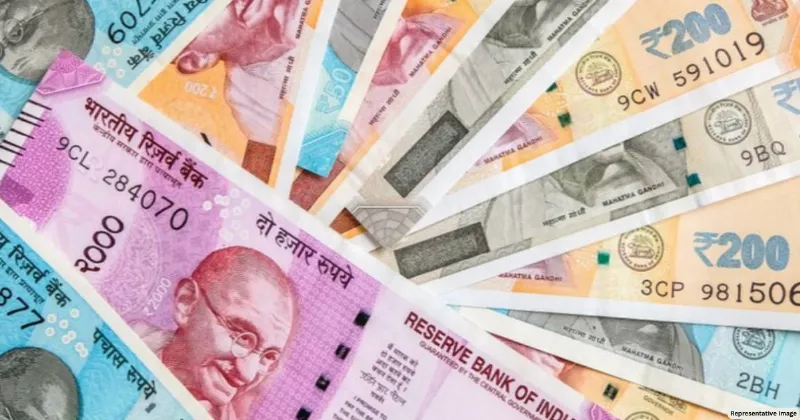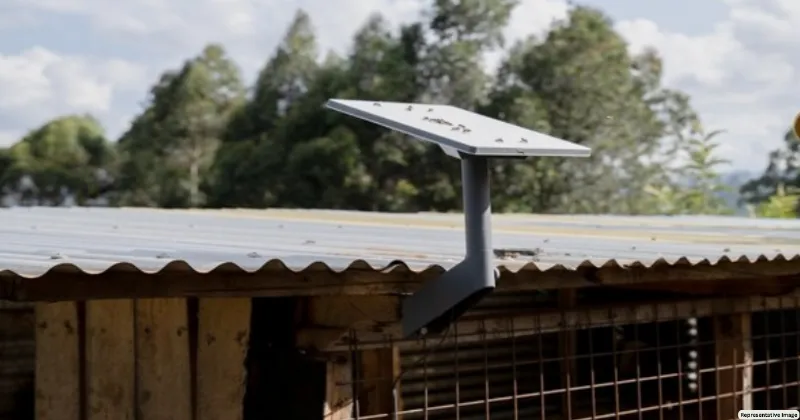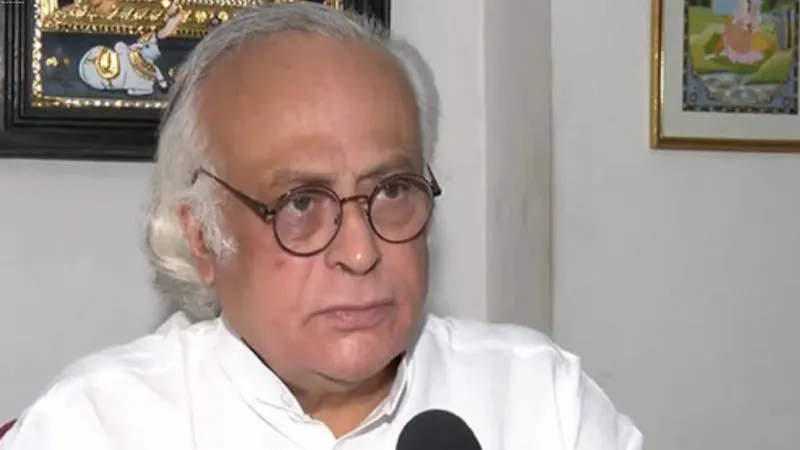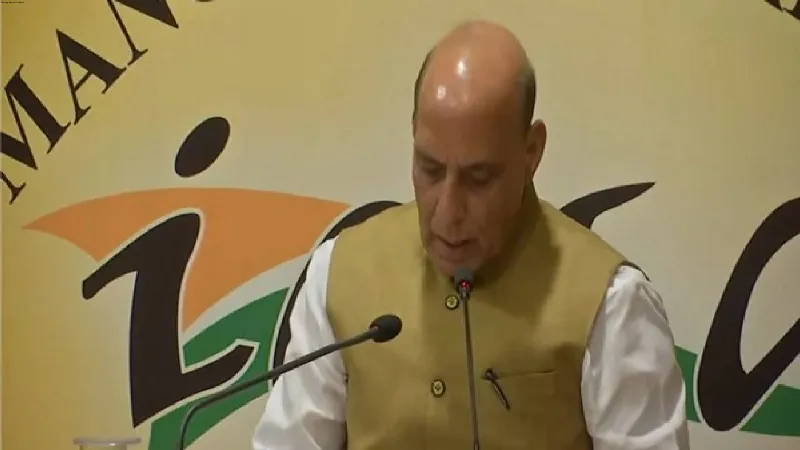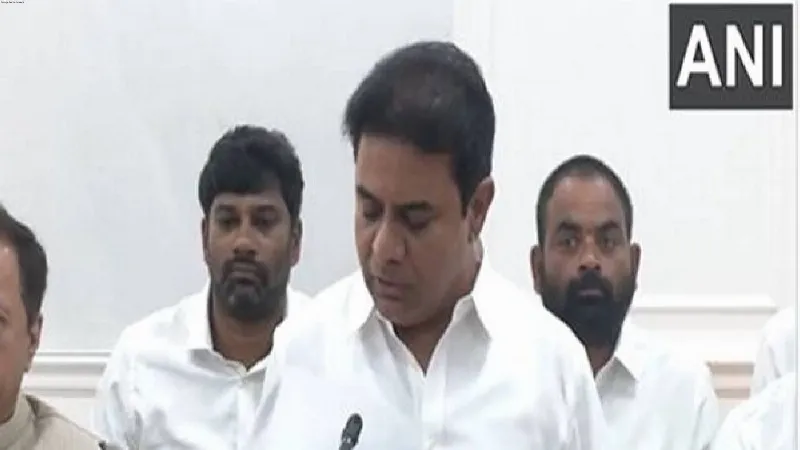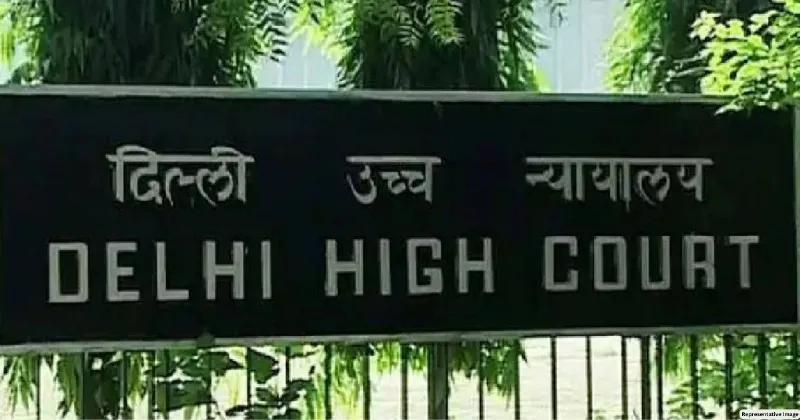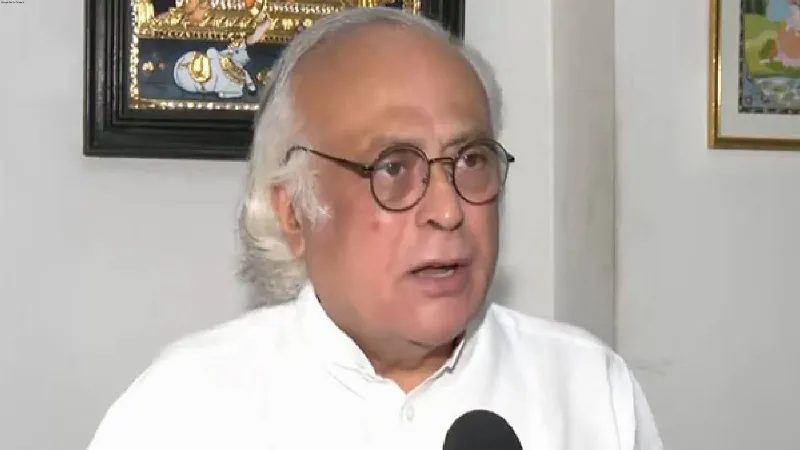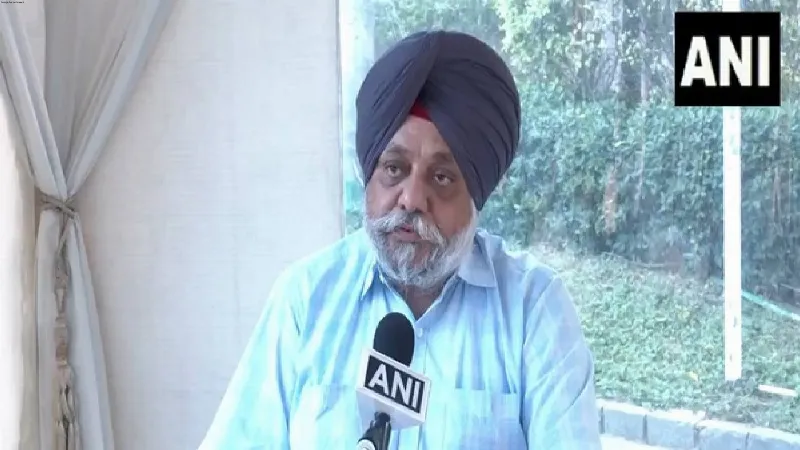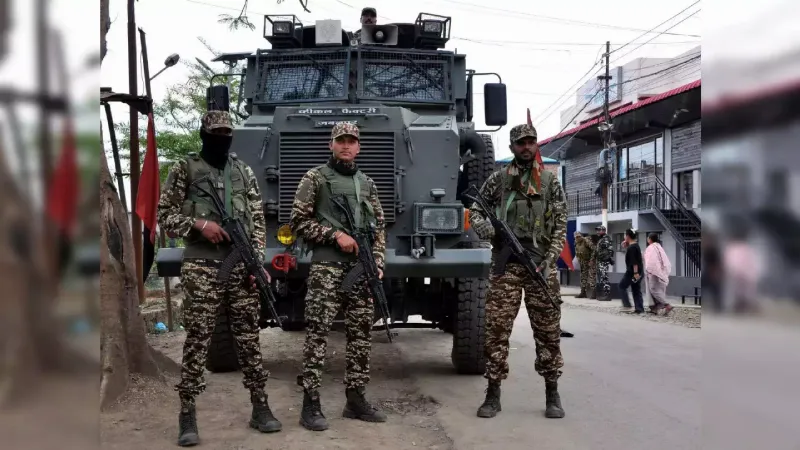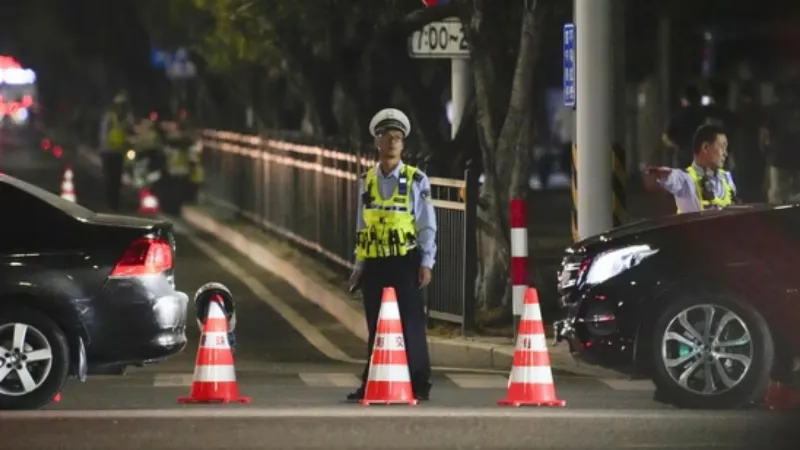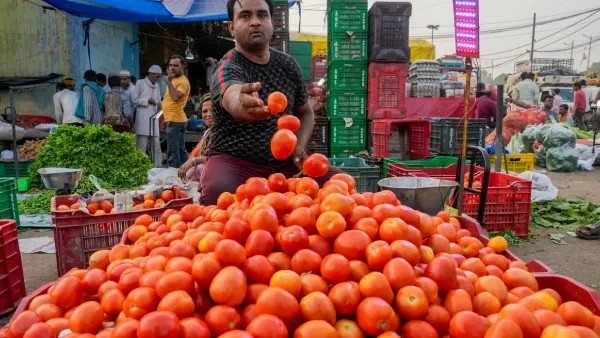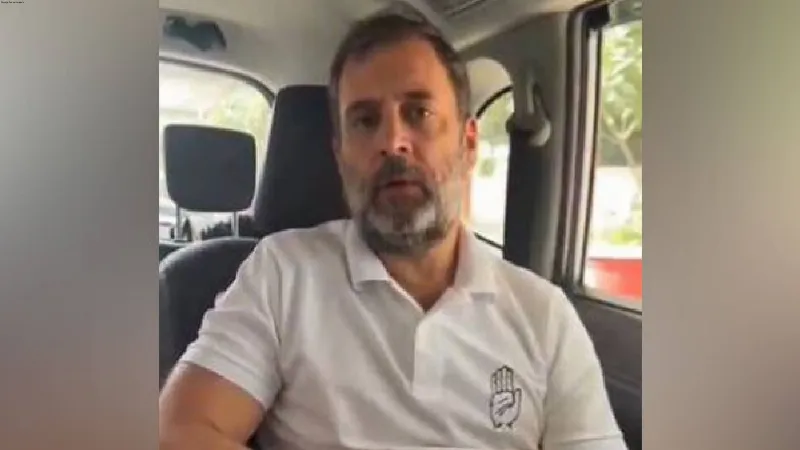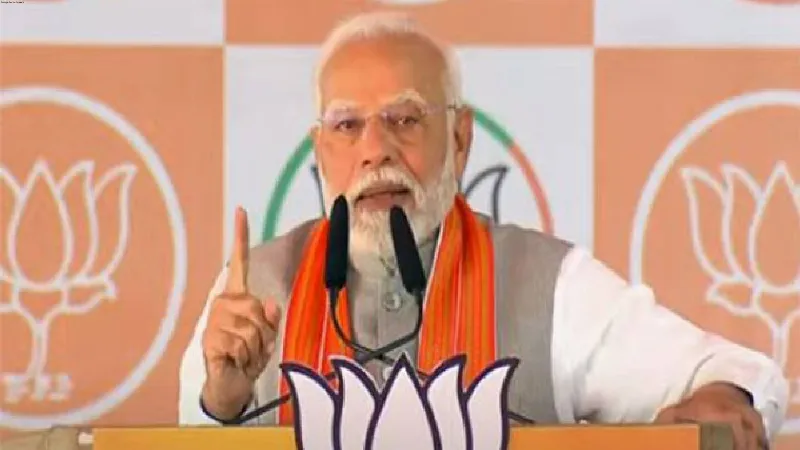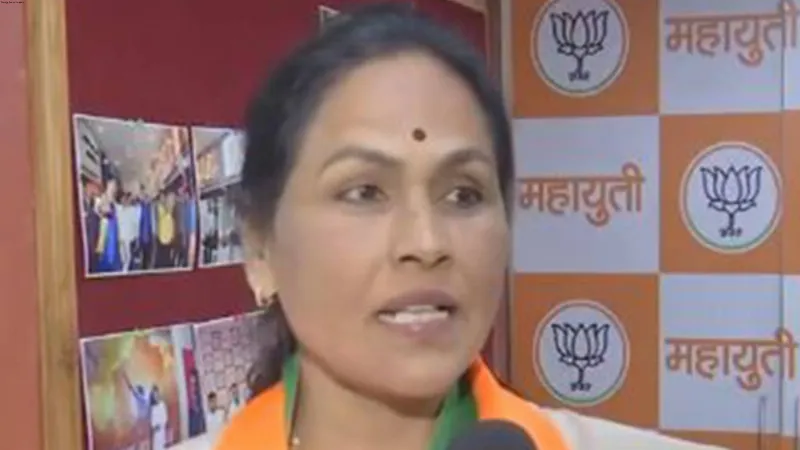Layer of smog covers Delhi as air quality remains 'very poor' for 10th day post-Diwali
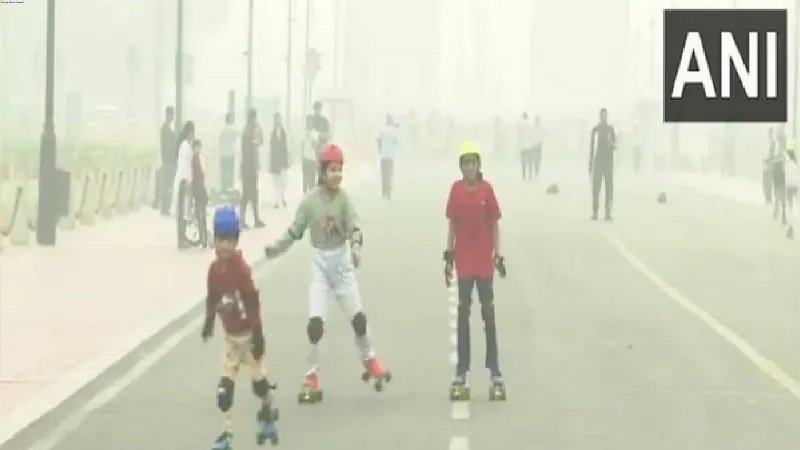
New Delhi: Delhi continued to battle with air pollution for the 10th consecutive day post-Diwali as a dense layer of smog blanketed parts of the national capital on Sunday morning.
According to the Central Pollution Control Board (CPCB) data, the Air Quality Index (AQI) in Delhi was recorded at 335 as of 8 am today, categorised as 'very poor.'
Several parts of the national capital recorded very poor air quality levels on Sunday morning as per the data issued by the System of Air Quality and Weather Forecasting And Research (SAFAR-India).
Anand Vihar recorded an AQI of 351, Bawana 383, CRRI Mathura Road 323, Dwarka Sector 8 at 341, IGI Airport at 326, ITO 328, Lodhi Road 319, Mundka at 358, Najafgarh at 341, New Moti Bagh at 394, Okhla phase-2 at 339, RK Puram at 368 and Wazirpur at 366, as per SAFAR-India data.
Visuals from Delhi's Kartavya Path showed the area surrounding India Gate engulfed by a layer of smog. The AQI in the area was recorded at 357 as of 7 am.
High-rise buildings were covered in smog in the Kalindi Kunj and surrounding locality as the AQI was recorded as 323 in the area.
Delhi's Dhaula Kuan was also concealed in smog as the AQI in the area fell to 394 categorised as 'very poor' according to the CPCB.
An AQI is considered "poor" between '200 and 300', "very poor" at '301 and 400', "severe" at '401-450," and 450 and above is "severe plus."
As the air pollution levels in the national capital reach "very poor," doctors say that even people with no history of respiratory diseases are suffering from breathing issues.
Dr Nikhil Modi, Senior Consultant for Respiratory Critical Care at Apollo Hospital, said that apart from the regular patients, those who don't have any respiratory issues in the past are showing up with symptoms such as runny nose, sneezing, coughing and have increasing difficulties in breathing.
The Apollo doctor further suggested that the government close the schools for children as they remain vulnerable. Whenever the pollution levels have gone beyond a certain limit, the government has opted to close the schools, Dr Modi said.
"For the last few years, we have been seeing that the government has taken action. Whenever this pollution level has gone beyond a certain limit, they have opted to close the schools. This is important because children are from a vulnerable group. As an adult, we are masked and can protect ourselves better, but children usually are not that effectively taking these measures. Secondly, their lungs are still in developing stages, so they are bound to have more harm due to this pollution," the doctor said.

